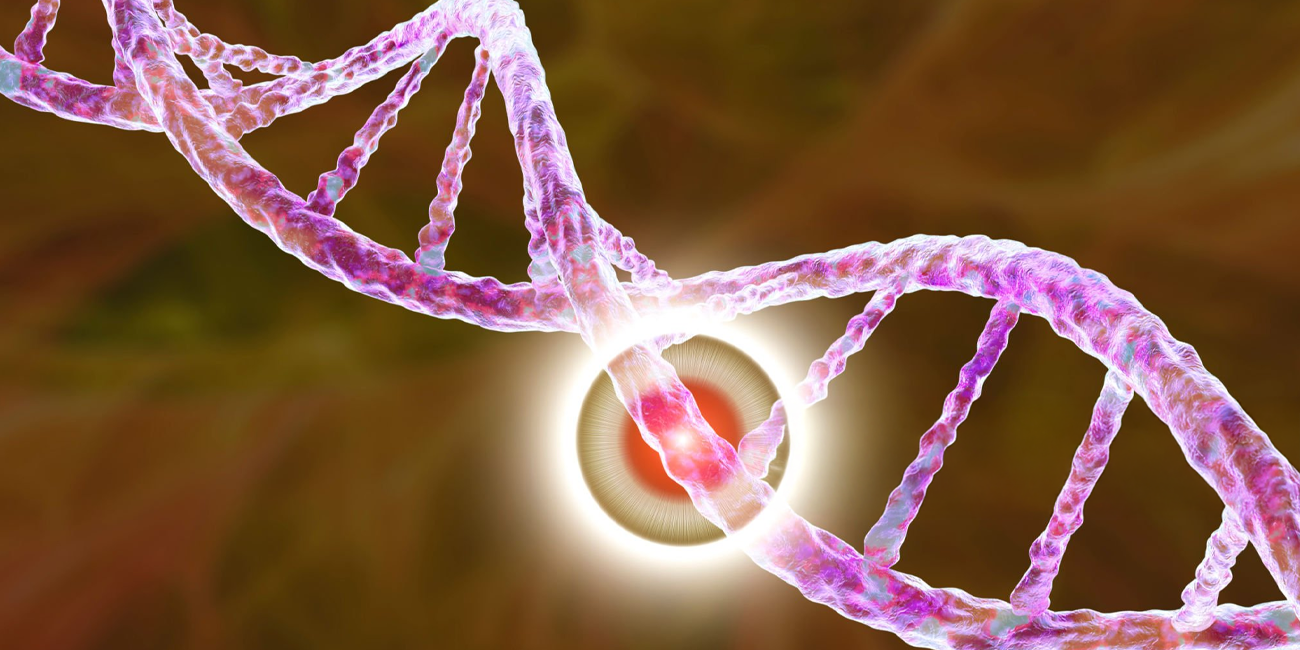
Book a Consultation
Thank you!
Your form has been sent successfully.



August 23, 2023
Non-Hodgkin Lymphoma (NHL) refers to a wide range of malignancies that begin in the lymphatic system, a vital part of the body's immune system. According to the American Cancer Society, approximately 80,550 people will be diagnosed with in 2023.
NHL develops in the lymphocytes, a type of white blood cell, protecting the body against various types of infections and diseases. When abnormal lymphocytes develop in lymph nodes, bone marrow, spleen, or other lymphatic tissues, they interfere with the normal function of the immune system. Over time, as the disease progresses, it metastasizes and eventually spreads to other organs, such as the liver, lungs, and gastrointestinal track.
In this blog post, we will share a comprehensive understanding of the causes, risk factors, symptoms, and Non-Hodgkin Lymphoma treatment. Read on to learn more.

Although NHL can occur at any age, its risk increases with age, with most cases diagnosed in individuals over 60 years old. There are a few subtypes, such as Burkitt lymphoma, which are more common in children and young adults.
Genetic mutations and abnormalities like inherited genetic conditions, including immunodeficiency disorders or autoimmune diseases, may contribute to a weakened immune system, increasing the risk of NHL.
Individuals with compromised immune systems, either due to organ transplantation, HIV infection, or prolonged use of immunosuppressive drugs, have a higher risk of developing NHL.
Prolonged exposure to certain chemicals and substances has been linked to an increased risk of NHL. These include pesticides, herbicides, solvents, benzene, and certain industrial chemicals. Occupations such as farming, chemical manufacturing, and firefighting, which involve regular exposure to these substances, may carry a higher risk.
Certain viral infections have been associated with an increased risk of NHL. The Epstein-Barr virus (EBV), which causes infectious mononucleosis, has been linked to some NHL subtypes, particularly in individuals with weakened immune systems. Human T-lymphotropic virus (HTLV-1) and hepatitis C virus (HCV) have also been implicated in specific NHL cases.
Having a close relative, such as a parent or sibling, with a history of lymphoma increases the risk of developing NHL. Although the majority of NHL cases are sporadic and not directly inherited, certain genetic factors passed down through families may contribute to a higher susceptibility to the disease.
While these factors may increase the risk of NHL, they do not guarantee the development of the disease. Therefore, it is essential to consult healthcare professionals for a comprehensive assessment of individual risk factors and to discuss appropriate measures to minimize the risk.
Non-Hodgkin Lymphoma (NHL) often exhibits different signs and symptoms that may vary depending on the subtype and stage of the disease. The following are some common symptoms of NHL:
Enlarged or swollen lymph nodes, typically located in the neck, armpits, or groin. These lymph nodes are usually painless and may feel firm or rubbery to the touch.
Frequent infections.
Persistent fatigue and weakness.
Night sweats
Recurrent or prolonged unexplained fevers
Unintentional weight loss, especially losing more than 10% of body weight within a six-month period, without any apparent cause.
Persistent coughing, chest pain, or difficulty breathing.
Abdominal pain, swelling, or feeling of fullness.
Skin rash, itching, or the appearance of red or purple patches on the skin.
These symptoms can be non-specific and may indicate other conditions as well. However, if any of these signs persist or worsen, consult a healthcare professional for a thorough evaluation and appropriate diagnostic tests.

Since the disease is slow-growing and sometimes it may cause no significant symptoms or complications, healthcare professionals may employ active surveillance. During this period, they monitor the disease regularly through physical examinations, imaging tests such as CT scans or PET scans, and blood work. Depending on the results, they initiate treatment only when necessary.
This is a systemic cancer treatment procedure that uses powerful drugs to destroy cancer cells throughout the body. Chemotherapy is a common treatment approach for NHL, especially for aggressive subtypes or cases where cancer has spread extensively.
It uses high-energy beams to target and destroy cancer cells to treat localized NHL. Radiation therapy is also used to reduce tumor size and relieve symptoms.
This is a groundbreaking treatment approach that enhances the body's immune system to recognize and attack cancer-affected cells. Specific immunotherapy options for NHL include monoclonal antibodies, such as rituximab, which target specific markers on lymphoma cells, and CAR-T cell therapy, which involves genetically modifying a person’s immune cells to better recognize and destroy cancer cells.
This new cancer treatment procedure is designed to block specific molecules or pathways that play a crucial role in cancer cell growth and survival. In NHL, oncologists may recommend targeted therapy to kill abnormal proteins on the surface of lymphoma cells or interfere with signaling pathways that promote cancer growth.
Also known as a bone marrow transplant, stem cell transplantation may be considered for cases that have relapsed or are resistant to other treatments. This procedure involves replacing damaged or destroyed bone marrow with healthy stem cells, either from the affected individual (autologous transplant) or a donor (allogeneic transplant).
Additionally, individuals can also consider participating in clinical trials where they can get access to innovative therapies that are not yet widely available. However, it is essential to contact a cancer treatment center and have a comprehensive discussion with healthcare professionals to determine the most suitable Non-Hodgkin Lymphoma treatment plan.
NHL is a complex disease influenced by various factors, some of which are beyond our control. Therefore, while it may not be entirely preventable, there are steps individuals can take to reduce their risk.
In order to maintain a healthy lifestyle individuals should follow a balanced diet, exercise regularly, and avoid smoking and excessive alcohol consumption. Individuals working in occupations involving potential exposure to pesticides, herbicides, solvents, or other toxic substances should follow appropriate safety measures and guidelines to reduce exposure.
Additionally, regular medical check-ups and screenings can aid in early detection and prompt treatment of NHL, leading to a better prognosis.
Non-Hodgkin Lymphoma has been declining by about 1% per year since 2015 due as awareness about the disease has increased over time. Therefore, it is crucial to maintain a healthy lifestyle and get regular medical check-ups and screenings done to reduce the risk of NHL and lead a healthy life.
For any queries or concerns about Non-Hodgkin Lymphoma, contact ACTC, one of the best cancer centers in Florida.



December 16, 2025
Hearing a HER2 gene mutation on a report can feel scary, but it also p...
KNOW MORE

December 16, 2025
Seeing a dark streak under your nail that doesn't fade or grow out can...
KNOW MORE

December 16, 2025
If you're worried that an itchy or stubborn rash could be cancer, you'...
KNOW MORE

December 16, 2025
Hearing that your CT scan shows a spot on your lung can be unsettling....
KNOW MORE

November 13, 2025
Food choices feel high-stakes during cancer care, and because of that,...
KNOW MORE

November 13, 2025
Ablation treats prostate cancer using energy such as heat, cold, elect...
KNOW MORE
